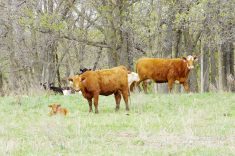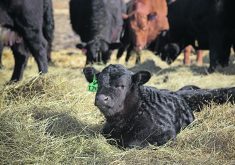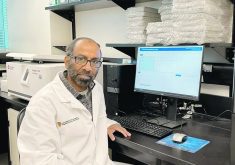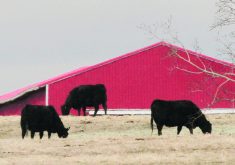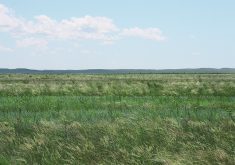SASKATOON — Thirty-four livestock and grazing research projects, most of them at the University of Saskatchewan, received more than $6 million in funding last week.
Saskatchewan agriculture minister David Marit announced the annual spend on behalf of the provincial and federal governments. He noted that seven industry partners are co-funding nearly $300,000 worth of projects, including the Saskatchewan Cattlemen’s Association, Saskatchewan Canola Development Commission, SaskMilk, Alberta Milk, Saskatchewan Forage Seed Development Commission, Saskatchewan Alfalfa Seed Producers Development Commission and Results Driven Agriculture Research in Alberta.
“We’re very proud of it,” Marit said of the research commitment.
Read Also
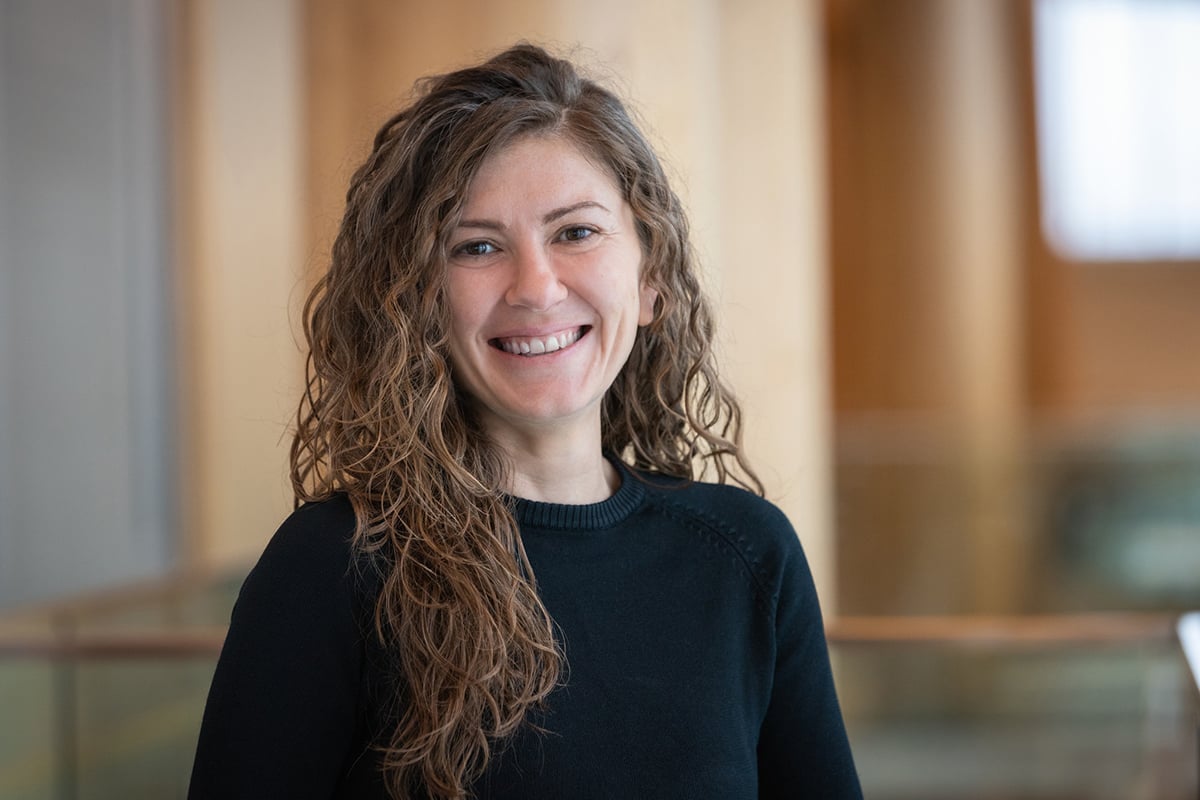
Alberta researcher helps unlock the economics of farming
Lethbridge Polytechnic researcher helping agriculture producers with decision-making tools in economic feasibility
He commended the Agriculture Development Fund committee members, who select the projects from among the applications.
The U of S will get nearly $4.4 million for 23 projects, while Prairie Swine Centre will get $863,000 for five projects. Agriculture Canada got funding for three projects and Alberta Invasive Species Council, Lakeland College and the University of Regina each got money for one project.
Obioha Durunna from Lakeland College is using his funding to continue a study of swath grazing options, specifically swath utilization efficiency and residue characteristics in diverse forage systems under winter swath and spring residue grazing.
“Right now, forage blends or forage cocktails are becoming very popular among producers, so what we’re doing is we’re comparing it to traditional cereal monoculture,” he said after the announcement. “This funding…will help us to look at additional use of these forage options during the spring, the quality and the characteristics and how much they can support animals during spring grazing after winter swath grazing.”
At VIDO, Jose Perez-Casal is working to develop a multivalent vaccine that would control foot rot in cattle.
“The vaccine that is currently available is based on only one of the bacteria that causes foot rot,” he said. “When you look at the lesions in foot rot and try to isolate the bacteria, there are three or four that are very commonly isolated.”
He has already, with help from RDAR, collected isolates in Alberta and the new money will fund work in Saskatchewan.
Perez-Casal said he wants to develop vaccines that would work in a single shot to save producers money and provide longer-term immunity. VIDO is developing a model to test the vaccine.
Typically, it takes about 10 years to bring a vaccine to market but he said with the new manufacturing centre at VIDO that could be shortened to half as long.
Other projects include the development of water quality testing kits for landowners and an app that quickly assesses water quality.





